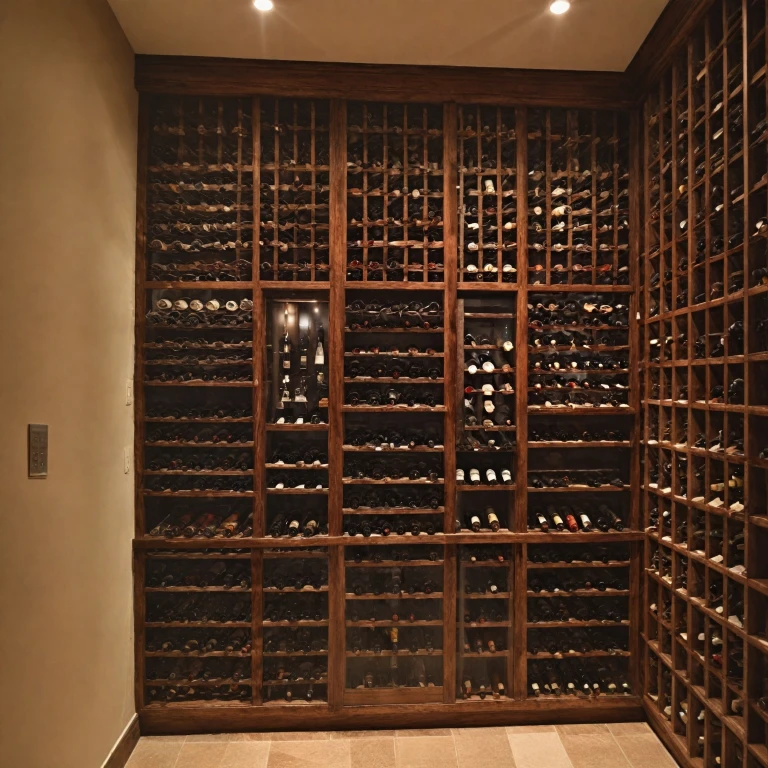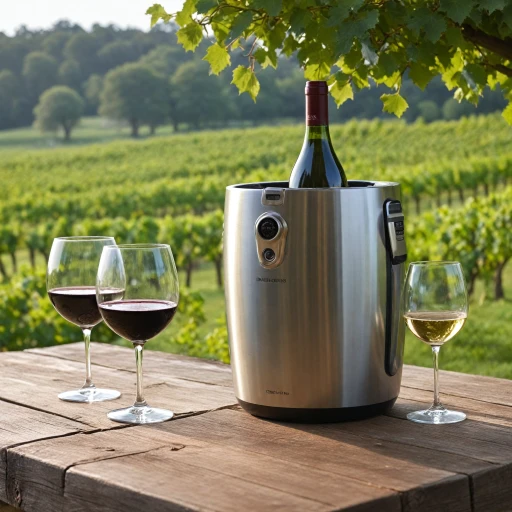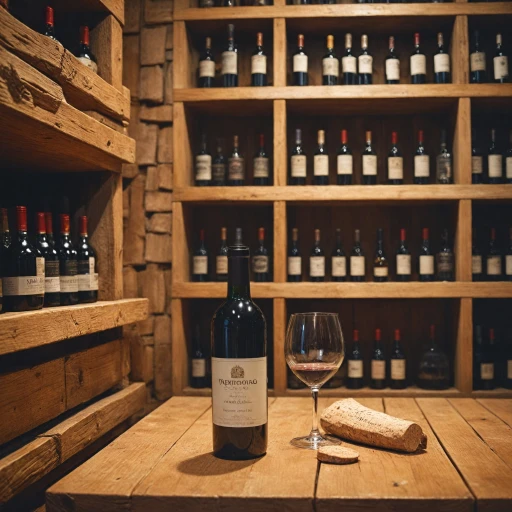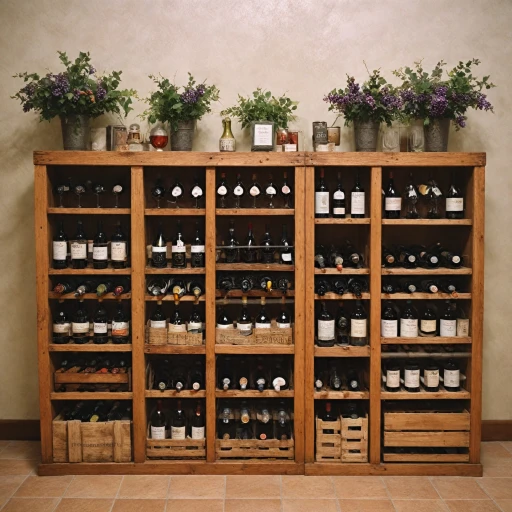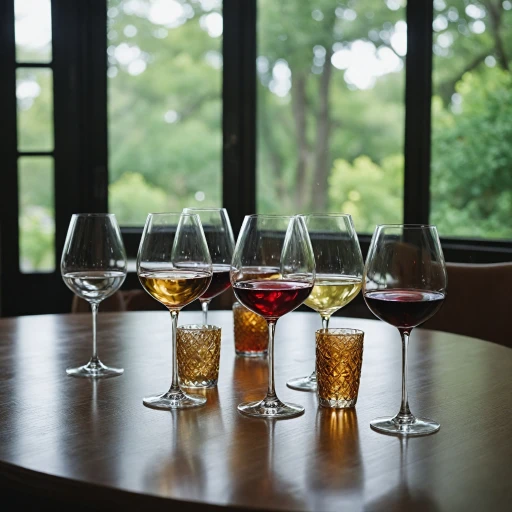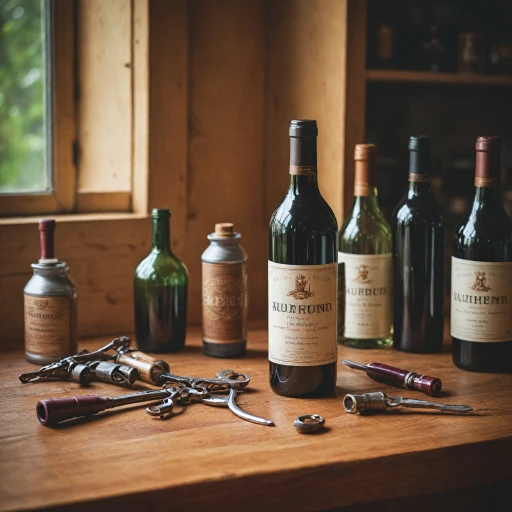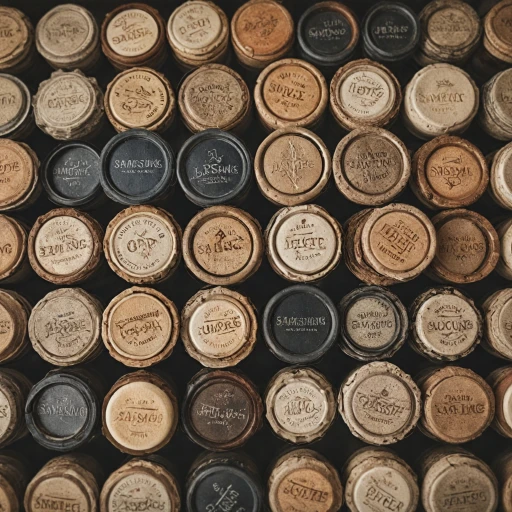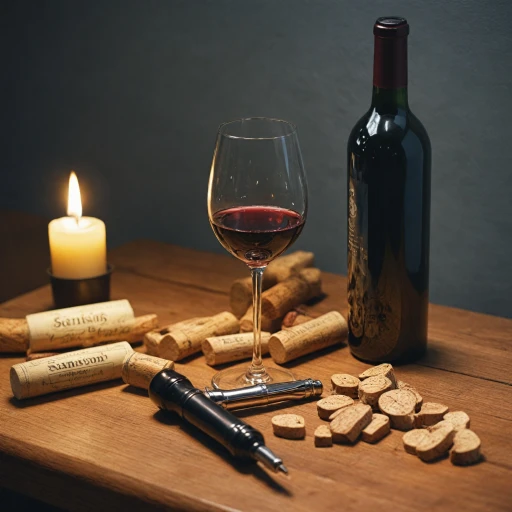Understanding the Basics of Wine Cellar Thermodynamics
Grasping the Fundamentals of Temperature Management
Creating the ideal wine cellar involves a deep understanding of how thermodynamics play a crucial role in preserving your wine collection. The cooling system is the backbone of your wine storage solution, ensuring that both temperature and humidity are meticulously maintained, safeguarding your wines from any potential spoilage. The key players in any custom wine cellar are the cooling units. These units work tirelessly, utilizing fans to circulate air and maintain the desired climate within your cellar. The selection of a cooling unit is crucial as it directly affects the consistency of temperature control and humidity control throughout your wine storage area. Cool air and relative humidity are achieved by properly installing cooling systems that are well-suited to the space they are cooling. Most units function by interacting with the wall and air within the cellar, and a careful design ensures that these systems operate efficiently, preventing any hot spots or uneven cooling. Additionally, the inclusion of a vapor barrier is essential in preventing moisture intrusion and maintaining optimal conditions for your wine collection. Achieving the right temperature and humidity balance is all in the details, such as the choice between a split system or a self-contained unit. Each offers different advantages based on your cellar design and personal preferences. With these elements in place, your wine storage experience will be enhanced, promising the longevity of your cherished bottles. As you move forward, consider how selecting suitable materials and installation techniques will contribute to the operational effectiveness of your temperature control unit. Similarly, ensure that maintenance practices are in place for your DIY wine cellar to avoid common issues and extend the lifespan of your cooling equipment.Choosing the Right Materials for Your Wine Cellar
Opting for Ideal Construction Materials
When designing a wine cellar, the choice of materials plays a pivotal role in ensuring optimal temperature and humidity control. The right construction materials aid in maintaining consistent climate conditions and protect your wine collection from external factors. Firstly, consider the structure's insulation. Using high-quality insulation ensures that the cooling unit works efficiently. Closed-cell spray foam or rigid foam panels are recommended for their superior insulating properties. These materials help maintain the desired temperature inside the cellar by minimizing cool air loss. Next, the selection of a vapor barrier is crucial. Vapor barriers prevent moisture from penetrating the walls, which can compromise the humidity control within your wine storage space. Polyethylene sheeting, for example, acts as a robust barrier against external humidity, preserving the integrity of the wine cooler environment. Ensure that the cellar door is specially designed for conditioned spaces. A solid-core door with an airtight seal will prevent ambient air from entering, aiding in maintaining a stable environment. Finally, wall finishes should not only be aesthetically pleasing but also functional. Use materials that can resist mold and mildew formation due to high humidity, like moisture-resistant drywall or concrete, providing durability and a healthy atmosphere for your wines. By focusing on these elements, your custom wine cellar not only looks impressive but also functions efficiently, safeguarding the longevity and quality of your wine collection.Selecting a Thermostatic Control System
The Importance of Selecting Your Thermostatic System
Creating a well-structured wine cellar is a rewarding venture for any wine enthusiast. One crucial aspect you cannot overlook is choosing the appropriate thermostatic control system. This decision plays a pivotal role in maintaining the ideal environment for your wine collection, emphasizing the balance of temperature and humidity that wine storage demands.
When selecting a thermostat system, several factors must be considered:
- Cooling Capacity: Your system must effectively regulate the temperature in alignment with your cellar's design and wine storage needs. Ensure that the chosen cooling unit can handle fluctuations and maintain a stable temperature.
- Type of Cooling Unit: There are various types of cooling units, including through-the-wall, ductless split systems, and self-contained units. Each offers unique advantages, and the choice will depend on your available space and design preferences.
- Humidity Control: Proper humidity levels are essential in a wine cellar. Some cooling systems come equipped with humidity control features, or you may need a separate humidity control system.
- Power Supply: Before purchasing a unit, check its power requirements and ensure it matches your cellar's electrical capabilities.
- Noise Level: Consider the noise output from the cooling fan when choosing a unit. A quieter system ensures that the serenity of the wine cellar is maintained.
Choosing a thermostatic system that meets these criteria is essential for successful wine cooling and storage. If you need further guidance on finding the right wine cooler unit for your specific needs, exploring the vast offerings within the market can yield valuable insights. A great starting point for those seeking personalized options might be the best 24 inch wine fridge options available.
Considering these elements will ensure the long-term preservation and aging of your wines, ultimately protecting your wine collection's integrity and investment.
Installation and Setup of Your Thermostatic System
Setting Up for Optimal Functionality
Once you've selected your thermostatic control system, it's crucial to proceed with the installation and setup with precision. This phase ensures your wine cellar cooling unit operates efficiently, keeping your wine collection at its finest.
Mount Your Cooling Unit Wisely
The placement of your wine cellar cooling system considerably impacts its effectiveness. Ideally, install the unit on a wall with minimal exposure to direct sunlight to maintain a consistent wine storage temperature. Ensure that there is ample space around the cooling unit to facilitate unimpeded air circulation by the system's fan. This setup assists in preventing the buildup of wine cellar humidity and ensures the unit doesn't overwork.
Seamless Power Supply Integration
Link the cooling system to a power supply carefully. It's critical to follow the manufacturer's guidelines when connecting units to electrical sources. This action prevents potential power surges that could harm your cooling unit over time. Always use a dedicated circuit for your wine cooler to maintain stability and reliability of power.
Custom Design Considerations for Wine Fanatics
Incorporating a vapor barrier is an integral part of designing a custom wine storage solution. This barrier works in tandem with the temperature control system, ensuring optimal temperature humidity levels are sustained within the wine cellar. The importance of this feature cannot be overstated, as appropriate humidity control is vital to preserving wine.
Testing the Temperature Control Settings
Before celebrating your installation achievements, it's essential to test the wine cooling units thoroughly. Assess the thermostat by adjusting settings to observe the response in cellar cooling. The ultimate goal is to maintain a stable environment conducive to wine aging, typically between 45-65°F, with a humidity level of 50-70%.
Consider Flexible Options with Split Systems
For those with specific design and installation needs, a split system might be desirable. These units can be positioned outside the wine cellar, with refrigerated air piped in. This setup significantly reduces the noise within the wine cellars while offering robust temperature and humidity control.
Maintaining Your DIY Thermostatic Wine Cellar
Keep the Air Flowing Smoothly
One crucial aspect of maintaining your DIY thermostatic wine cellar is ensuring proper air circulation. The cooling system relies on the steady movement of air to regulate temperature and humidity effectively. Ensure that the fan unit is functioning optimally and that there is no obstruction in the air pathways. Check for any debris or dust that might have accumulated and clean them regularly.
Monitoring and Adjustments
Regular monitoring of your cooling unit's performance is key to sustaining an ideal wine storage environment. Make it a habit to periodically check the temperature and humidity control settings. Using digital thermometers and hygrometers can offer more precise readings. If you notice fluctuations, it may be time to adjust the temperature settings or inspect if the wine cooling system is operating correctly.
Inspect Your Wine Cellar Design
A well-designed wine cellar should include a vapor barrier to prevent excess moisture from seeping in. Occasionally inspect the walls and other structural aspects to ensure that they’re intact. The unit should also be checked for any cracks or splits that might compromise the wine storage ability. Additionally, it might be useful to conduct bi-annual maintenance on the cooling system to prevent any malfunctions or inefficiency in the wine cooler units.
Power Supply Consistency
The power supply can also impact your wine cellar’s performance. Fluctuations in power can disrupt the temperature and humidity control, risking your wine collection. Utilizing surge protectors or a dedicated circuit for the wine cooler can protect against electrical inconsistencies. Consistent power supply ensures the cooling units and wine fridges remain effective.
When to Call the Professionals
If after implementing these measures you notice recurring issues, professional consultation might be the next step. Persistent problems with your cooling system may require an expert to inspect further. This is especially important if your custom wine cellar exhibits continued temperature or humidity imbalances.
Troubleshooting Common Issues in DIY Wine Cellars
Resolving Challenges with DIY Wine Cellar Cooling
Creating a custom wine cellar with a thermostatic control system can bring immense satisfaction, yet challenges may still arise. Here are common problems and solutions to keep your wine collection in optimal condition:
- Inconsistent Temperature: Fluctuating temperatures can affect your wine storage. Verify your temperature control unit settings and ensure there's no obstruction interfering with the air distribution. The design and install process should have considered effective airflow, but if issues persist, inspect the fan and ensure it's operating correctly.
- High Humidity Levels: Excessive humidity can encourage mold growth. Assess your humidity control systems. Additionally, ensure a vapor barrier is in place on the walls to maintain ideal humidity levels.
- Cooling Unit Malfunctions: If your cooling units are not functioning properly, it may be due to a power supply issue. Verify connections and consider whether your cooling unit requires servicing or replacement parts.
- Inadequate Cooling: If your cellar is not maintaining the desired cool temperature, reevaluate the capacity of your cooling system. Your wine cellar cooling system should match the size and design of your storage area. Underpowered units will struggle and may need upgrading to more powerful wine coolers.
- Noisy Systems: Noise can indicate a problem with the split cooling system. Check if any components are loose or need maintenance. Regular system checks can prevent potential damages and extend the lifespan of your cooling unit.
- Installation Concerns: Ensure all elements of the system are correctly installed as per manufacturer instructions. Faulty setup can lead to inefficiencies. If unsure, consulting professional help can resolve complex issues.
Following these troubleshooting steps will help maintain the quality of your wine storage environment and protect your priceless collection. With regular maintenance and inspections, your wine cellar will remain a haven for your wines.
